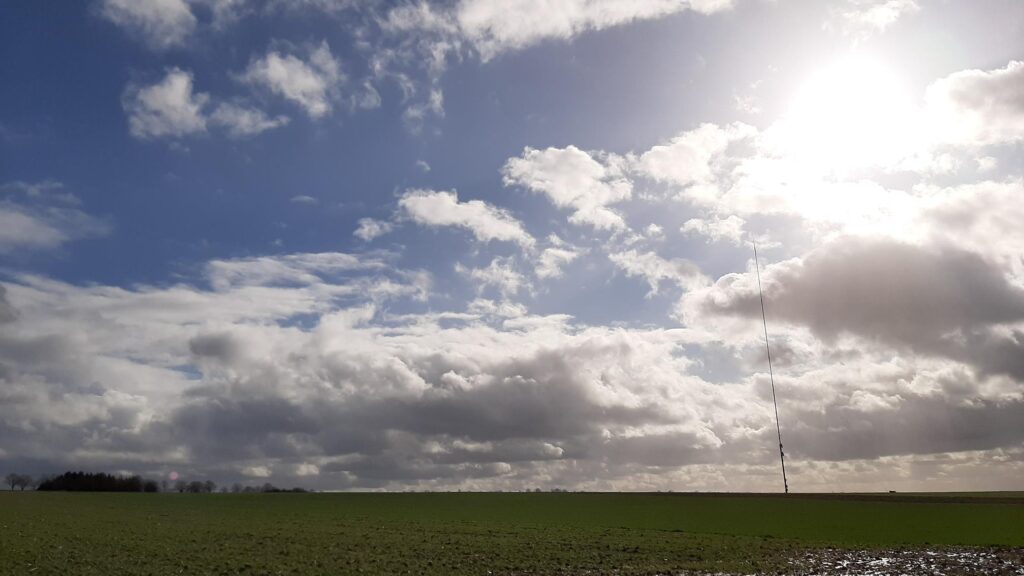Popular culture describes Maslow’s hierarchy of needs as some kind of a ladder that can be climbed one step after the other. It implies that once a step is achieved, it is possible to move on to the next. As if the previous steps would remain present as fulfilled states.
We’ve since learned to know concepts like psychological safety. Their usefulness in establishing productive teams has widely been shown. Since then the idea established itself that psychological safety is a task to be handled by leadership. It also led to the popular assumption that leaders can provide their teams with safety.
It’s a fantasy.
Now, don’t get me wrong.
Realizing that the need exists and that teams will not be able to do their work if they don’t feel safe has helped to transform work life. It also created a vocabulary allowing to describe the situation in a team. It’s a prerequisite to be able to assist the team.
The fantasy is, that safety exists as a solution that can be provided.
Feeling safe is a state that can change from one moment to the other and is in a constant flow. It is an experience we have, one that we’ve learned to deal with. Biology offers the image of homeostasis to describe this state.
It is individual our responsibility to keep a pay keep
Safety is also something people might trade for social belonging. We can see this with children who cling to abusive parents. Extreme cases can also be seen with hostages who become allies to their captors during captivity. Social belonging and adaptation to the environment happen in an effort to establish safety.
Maslow had done his research within a healthy population making it an assumption in his model. He then developed that one can see how people tend to their needs as a system, caring for some needs more than for others, should they be lacking. Take for example physiological needs like homeostasis, health, food, water or sleep. Once they are relatively satisfied people will address their safety needs like personal security, emotional security, financial security or a different level of health connected with well-being.
Someone lacking sleep might, for example, go to work but decide not to drive by themselves. They attend to their security by avoiding the risk to drive. They take care of their emotional security by going to work when it’s important for their financial security.
Such trade-offs are part of teamwork too. They are part of the tension between safety needs, social belonging, and self-esteem.
While leaders can’t provide safety, they can do the work to create a space in which team members can maintain their sense of safety. The space leaders can create then becomes an invitation for team members to feel responsible for their safety. A space in which it is possible to articulate when threats are perceptible. And a space where it feels possible to do the necessary to go back into a state of safety. All of this is based on the individual willingness to contribute.
This homeostasis can be disrupted by individual team members just as much as by a lack of attention of the leader for the context the team needs.

